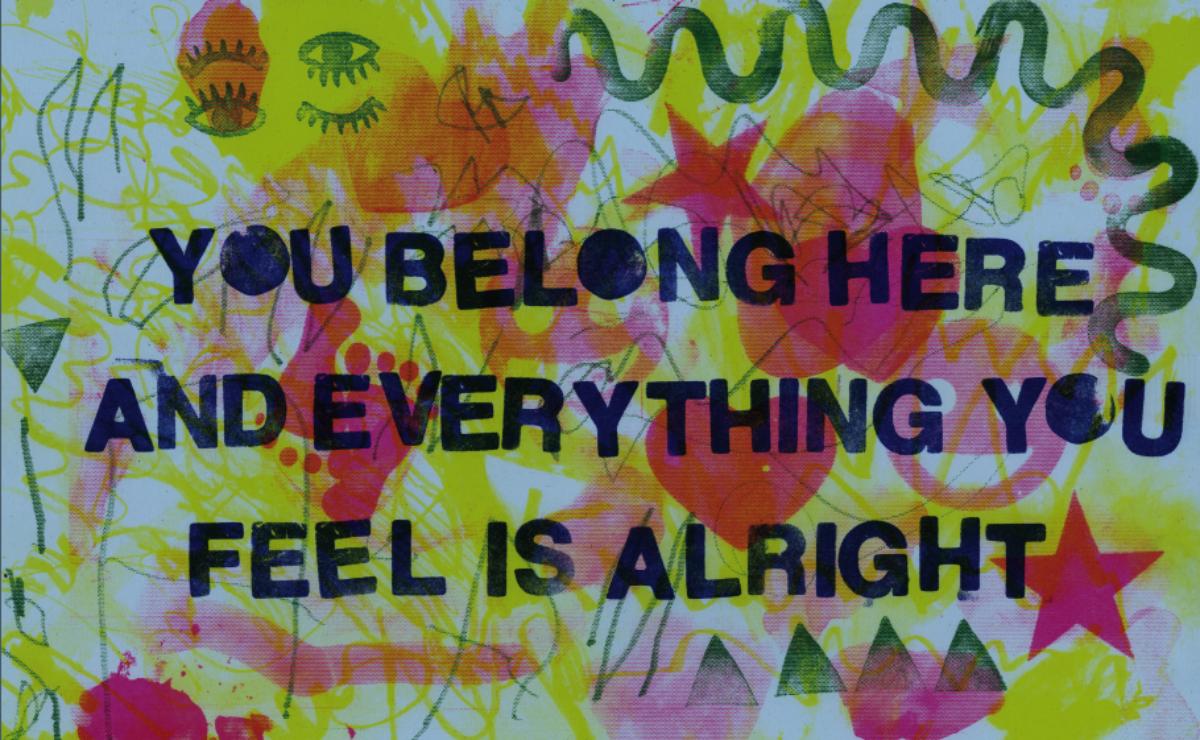Sojourner Truth’s Speech was written and delivered by two very different individuals that both become just as popular as the other. Marius Robinson was able to transcribe Truth’s Speech during the Woman’s Right Convention while he was in the audience whereas Frances Gage, a African American women, made an inaccurate version of her speech many years later. What is interesting about these two individuals is that they are complete opposite races and genders. One is white and male and the other is black and female. With that being said, both give a feel and background of how different their perspective’s are towards Truth’s speech.
When reading through both speeches it is apparent where similarities lie between Robinson and Gage. In Gage’s version she speaks with a great deal of slang and improper grammar. If you compared that with Robinson’s version you can tell there is an educational gap between the two. It is evident to say that Robinson and Truth had a higher quality and/or opportunity at a better education than Gage. Right off the bat Gage starts off her version with improper words and grammar: “Well, chillen, whar dar’s so much racket dar must be som’ting out o’kilter. I tink dat, ‘twixt de niggers of de South and de women at de Norf, all a-talking ’bout rights, de white men will be in a fix pretty soon” (Gage). Although her words are choppy her passion is just as strong as Truth’s and we can see that throughout her version of the speech. She includes her own story within her inaccurate transcription by adding in her narrative, “I have borne thirteen chillen, and seen ’em mos’ all sold off into slavery, and when I cried out with a mother’s grief, none but Jesus heard” (Gage). She includes this piece of her life into her speech to emphasizes her point that even though she works as much and as hard as any man, she will still be seen as less than because of her gender.
Like in Robinson’s version, Truth also feels the same connection as Gage does with her and many other individuals. In the beginning of both speeches, they start off the same with a similar foundation: “If women have a pint and man a quart – why can’t she have her little pint full?” (Robinson) and “If my cup won’t hold but a pint and yourn holds a quart, wouldn’t ye be mean not to let me have a little half-measure full?” (Gage). In these two lines we see how they both take from Truth’s speech but Gage adds her twist to it because of how she was raised and her lack of education. Both statements come across the same way but it is clear to say that Gage lacks proper grammar.
Although these two version of Truth’s speech are very similar with one another, each hold their own meaning behind them because of the person depicting the speech. You can even say that even after 12 years later, women’s rights continued to happen. Gage and Robinson’s version go hand in hand with one another because of how different they are. Even though they were delivered by two completely different individuals, the same point comes across in both versions.
